Episode 39: The Two Most Basic Cues When Riding a Horse
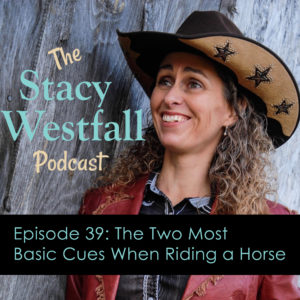
It’s a bold statement to say there are two simple cues that fix most issues. When I say most issues I mean things like bucking, rearing, head tossing, and a lot of the issues that we experienced under saddle. You might wonder how it’s possible that two simple cues can fix most of those issues? In this episode, I explain the first two cues that I teach a horse when I’m riding them under a saddle.
I’ll talk about these cues in three different phases and from the horses point of view and the rider’s point of view. These two important elementary cues are bend and forward motion. These two cues are the cornerstone of safety when teaching your horse to ride under saddle. I also answer a listener question and discuss equine dentistry with Dr. Monty.
“When I start coaching a rider to let go more, and they have fear, they are lacking the understanding of less is more.” Stacy Westfall Click To TweetShow Notes:
[03:21] Bend and forward motion are the two elementary cues.
[04:12] These cues don’t go away when the horse makes it to high school. They are just masked by the other cues. When we get to college with the horse we have a more advanced level of communication.
[06:02] I think maybe these cues are underused because people start with their horse in high school. It also feels like less control if you go down to one rein.
[07:38] Horses are very straight when they buck and rear and exhibit problems. This elementary school exercise helps to get the horses engaged right off the bat.
[09:06] The bare minimum with training Popcorn was to get him to bend around and trot. These were my safe baselines.
[10:49] When I start coaching a rider to let go more, and they have fear, they are lacking the understanding of less is more.
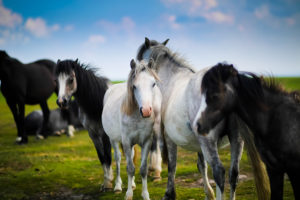
[11:04] Bend is your friend. I say this over and over at clinics.
[11:40] For safety, foundation exercises are your friend.
[12:09] Think about what it would take to be able to bend the horse a little bit more.
[12:45] The horse is more comfortable when it’s not as restricted. If a rider is using all four aides, that puts a lot of pressure on the horse.
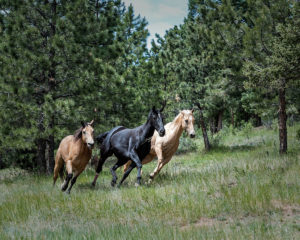
[14:50] The clarity of simplifying makes it much easier on the horse.
[15:18] Early exercises are the foundations of the horses training. You can understand the horse’s feedback better if you reduce everything down to the most simple cues that you can give.
[16:49] Stacy shares a listener question about trail riding with a gelding that complains or bucks when they go into a lope. The listener usually rides through it. Does this need to be fixed?
[18:47] When a pattern develops, it’s time to get ahead of it. Try to address it proactively.
[20:20] Walk, trot, then work in a circle with some bend. Trot a little faster and ease up. This can address the complaints at a lower level.
[24:01] Once your horse realizes that loping is easier than trotting fast, he’ll want to lope.
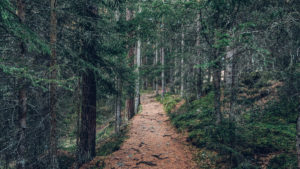
Equine Dentistry with Dr. Monty:
[26:59] Horses in the wild with good teeth do better. It’s part of natural selection.
[27:56] Domesticated horses aren’t bred for good teeth. Domesticated horses have a lot of dental issues.
[28:32] Horses teeth continue to grow longer. If they are aligned, the length will be ground off. Bad behavior can be a sign of dental problems.
[30:29] Dr. Monty and a lot of other vets do dentistry.
[31:29] Make corrections in phases. Don’t be aggressive. Also get a reference. Check the horses teeth at least annually but twice a year is better.
“For safety, foundation exercises are your friend.” Stacy Westfall Click To Tweet
Links and Resources:
Episode 6: The horse’s path of learning is NOT the same as the rider
1 Comments
Leave a Comment
SUBSCRIBE TO THE PODCAST HERE:
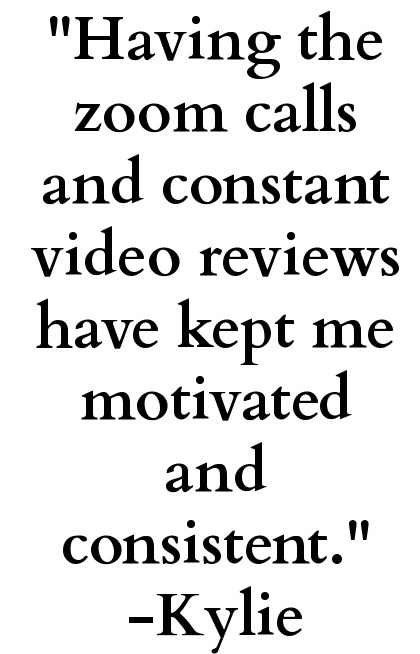
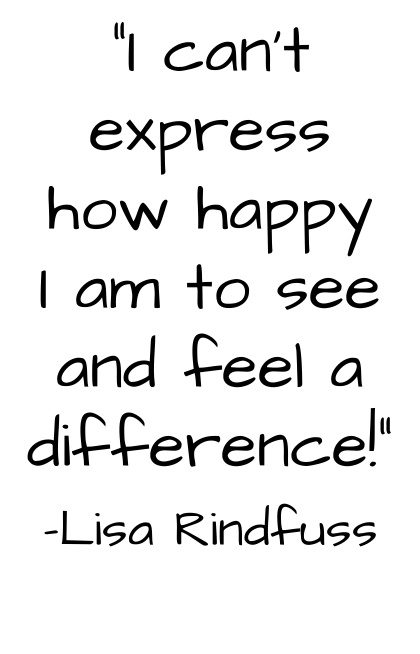
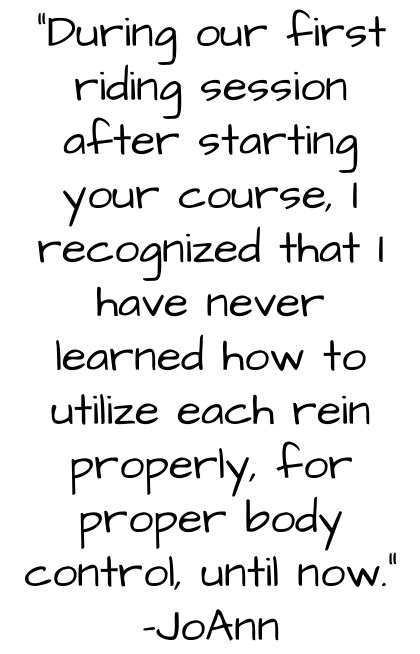
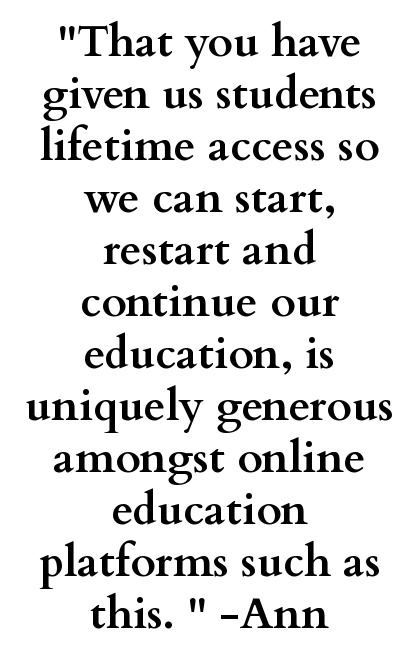
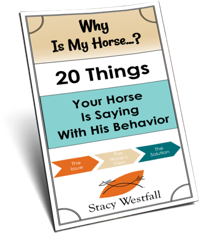
YOURS FREE
WHY IS MY HORSE...?




I can see where asking for a faster trot, not a lope will help me and my horse. My attitude is important, and thinking “just trot a bit faster, you don’t have to lope” is going to be our program for a while. Good one!